IB Learner Profile
Learn the 10 IB Learner Profile attributes and discover practical strategies for classroom implementation to develop global citizens and critical thinkers.


Learn the 10 IB Learner Profile attributes and discover practical strategies for classroom implementation to develop global citizens and critical thinkers.
The IB Learner Profile shapes students into confident, well-rounded global citizens. This framework goes beyond academic success. It helps students build personal, social, and thinking skills for our connected world.
The framework includes ten key attributes that guide students through their learning journey. These qualities work together to create independent thinkers who understand different cultures. Students learn to make good decisions and take responsibility for their actions.
All IB programmes use this framework. From the Primary Years Programme through to the Diploma Programme, students develop the same core values. This creates a consistent approach to learning across different age groups.
Key features of the IB Learner Profile include:
The profile creates a structured yet flexible framework. Students achieve academic success whilst developing into responsible global citizens.
The IB Learner Profile consists of ten attributes. These qualities help students become thoughtful and engaged learners. One key attribute is being knowledgeable.
Knowledgeable students explore ideas and issues that matter both locally and globally. They seek to understand the world through research and questioning. These students make connections between different subjects and apply their learning in meaningful ways.
Students build knowledge by:
Teachers and parents help by creating environments where questioning is encouraged. This builds a lifelong love of learning and broader world awareness.
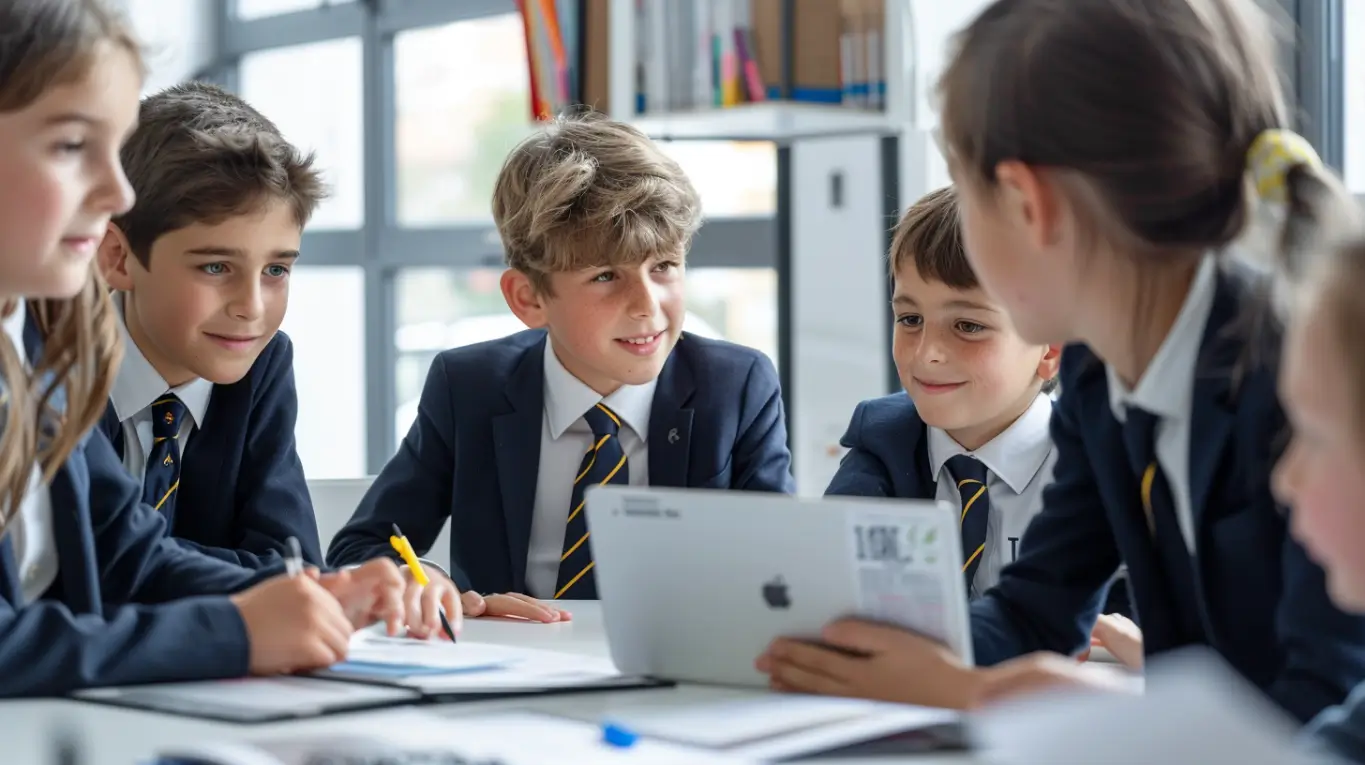
Inquirers: These students develop their natural curiosity. They learn research skills and show independence in learning. Their love for learning grows throughout their lives.
Inquirers don't see themselves as experts. They enjoy being learners. When children ask questions, adults often give quick answers. A better approach is saying 'Good question! How could we find out?' Then explore together.
Children's curiosity and creativity improve when they use different resources. Small experiments and activities help them investigate topics. This might be making a simple circuit or discovering why you can't make a circle with straight sticks.
The main goal is helping children become independent learners. They develop skills to continue learning throughout their lives.
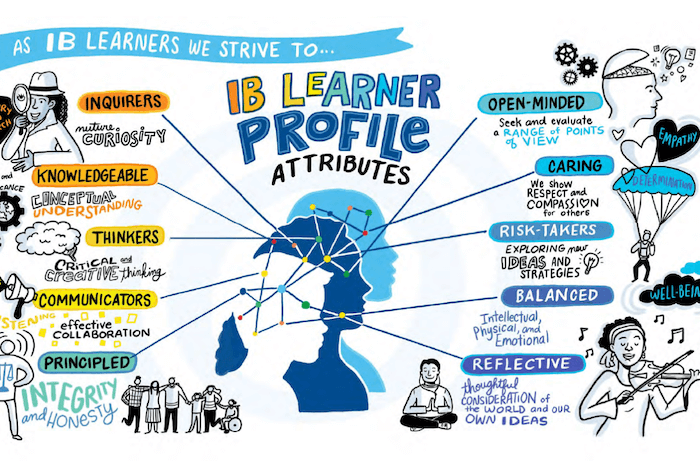
Communicators: They express and understand information and ideas confidently in different ways. They speak more than one language when possible. They work well with others.
Strong communicators share their ideas through drama, dance, and music. Communication means expressing yourself clearly. Many communicators can speak in more than one language.
Good listening skills are important for effective communication. Active listening helps students show empathy and gain new ideas. Teachers and parents can help students become better communicators by:
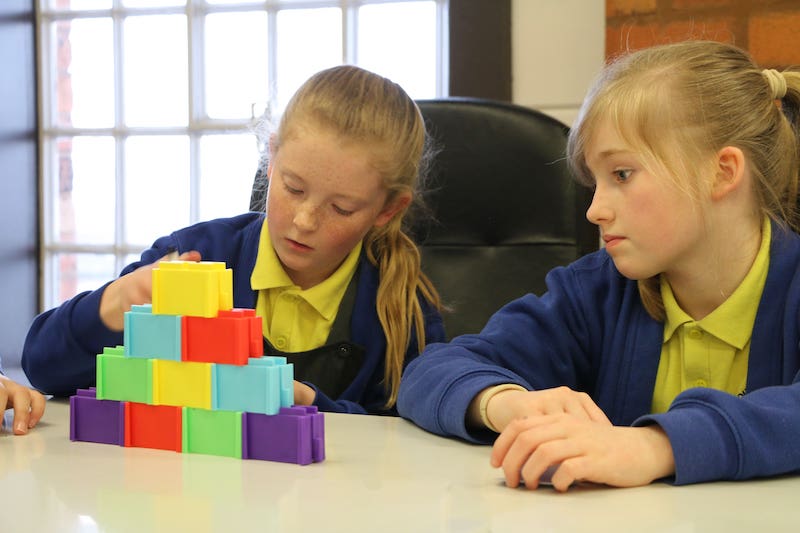
Thinkers: They think critically and creatively when facing problems. They can identify complex issues and take responsible action.
Parents and teachers build creative thinking by encouraging children to solve problems independently. To develop critical thinking, adults can ask open-ended questions. Discussing real-life problems with children also helps.
Ask children questions whilst they work on problems. This helps them think through their approach and learn from the process.
Open-minded: They appreciate and respect other people's cultures and traditions. They listen to different views and perspectives. They welcome new ideas and learn from their experiences.
Open-minded students understand that everyone is different. They listen to many possibilities before making decisions. They celebrate what makes people unique. Parents and teachers can help by:
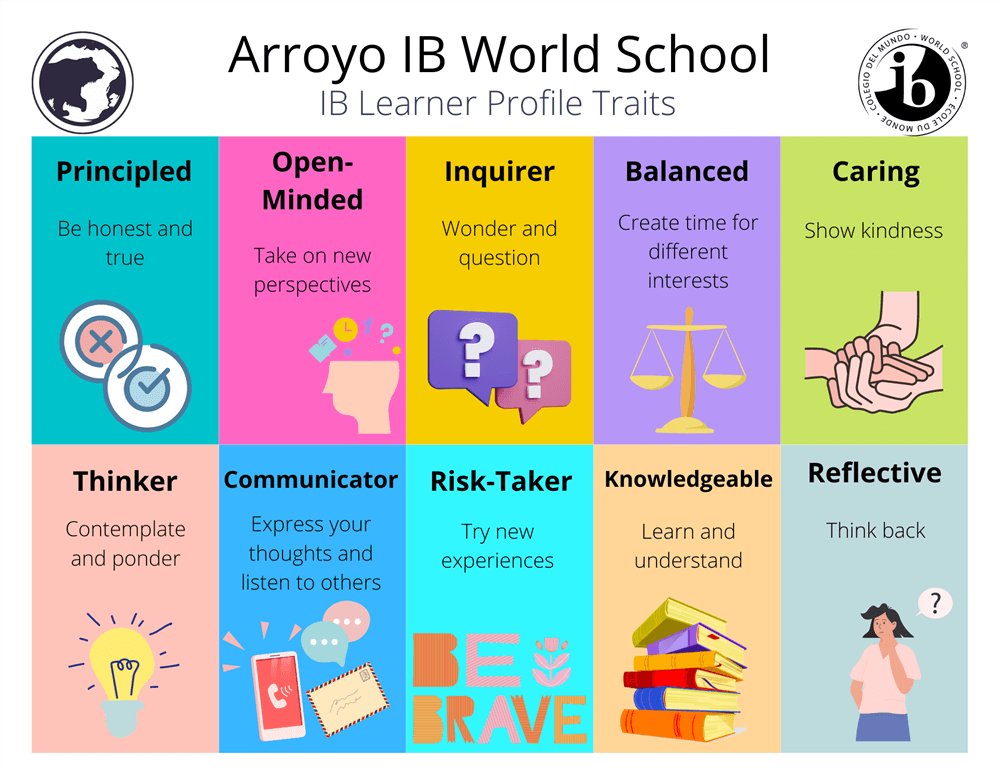
Principled: They take responsibility for their actions and learning. They show honesty and integrity. They have a strong sense of fairness and justice for everyone in their community.
Principles are different from facts or procedures. Unlike facts that can be true or false, principles help us understand how things work. Principles give us insight into the world around us and why things happen.
This makes principles some of the most important content to include in teaching. Teachers can help students learn to apply principles in new situations they haven't seen before.
Principled students understand right from wrong. They make choices based on strong values and treat others fairly.
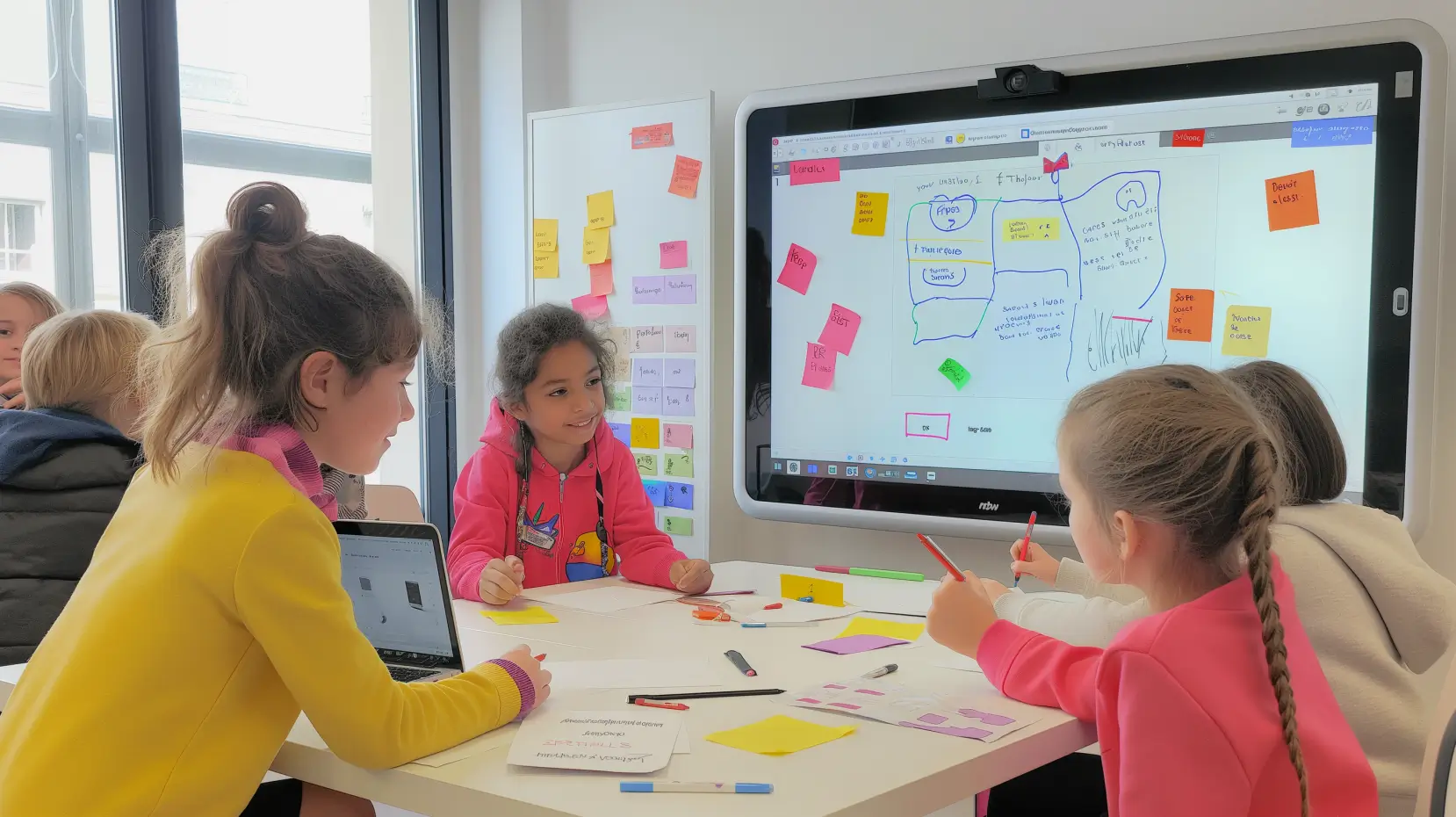
Reflective: They think carefully about their experiences and learning. They know their strengths and weaknesses well. They use this knowledge to improve their skills.
Reflective students have three key characteristics. They think, reflect, and grow.
These students understand what they're good at and what they need to improve. They make positive changes where they can. They see their strengths and weaknesses as opportunities to grow.
Parents and teachers can help students become reflective learners by:
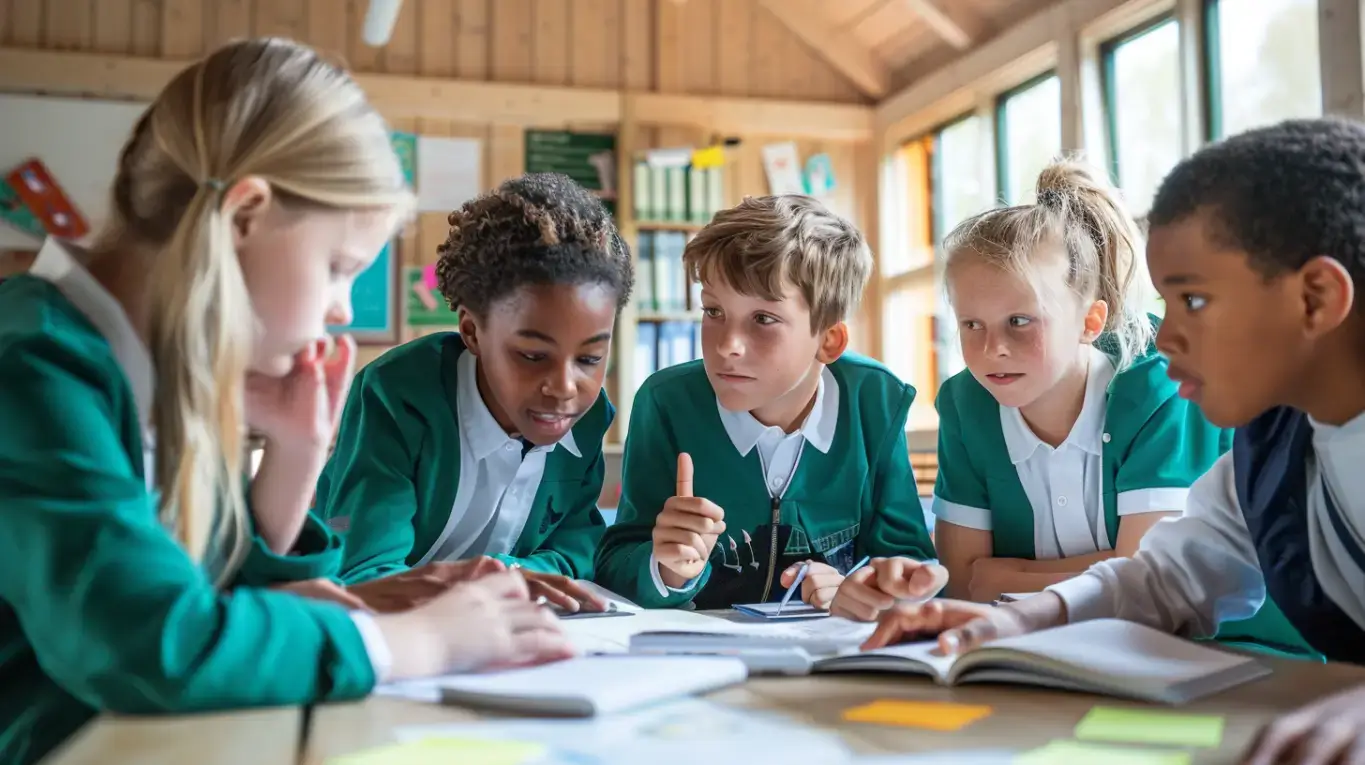
Balanced: They understand how important balance is for their wellbeing and others'. This includes emotional, physical, and intellectual balance.
Balanced students know that physical, intellectual, and emotional balance creates wellbeing. They learn how to understand where they are and help others improve their outcomes.
These students achieve healthy school-life balance. They exercise and eat a variety of foods. They understand the importance of balancing mental and physical health. They spend time doing many different activities.
Caring: These students show respect, compassion, and empathy towards others. They want to serve others and make positive changes in the world.
Students show caring behaviour throughout the school year in different subjects. Care connects to many topics like housing, environment, health, and community issues.
Teachers and parents can help children become more caring by:
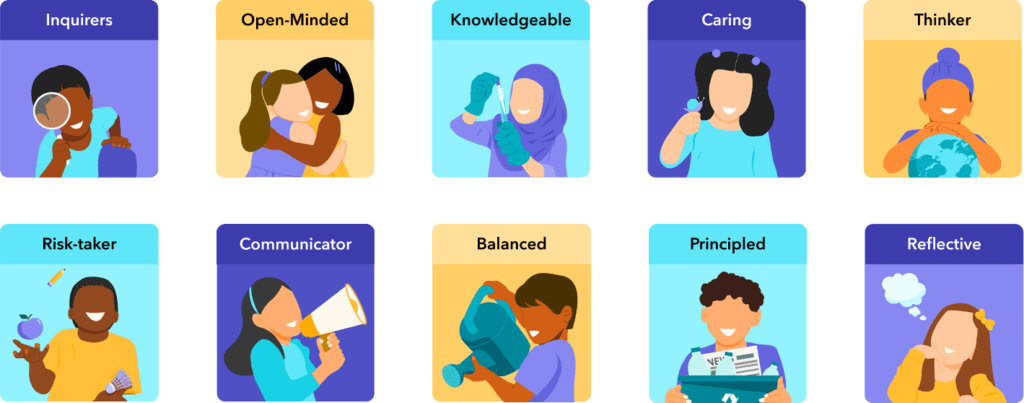
Risk-takers: They show courage when facing uncertainty and new situations. They explore new ideas and strategies independently. They speak up for their beliefs.
Young children are natural risk-takers. They're curious and love to discover how the world works. As they grow older, they may avoid risks because they fear failure. The more children avoid taking risks, the harder it becomes to accept challenges later.
Teachers and parents need to give children opportunities to be risk-takers. The goal should be making children feel confident when trying something new. Even if they fail, they learn valuable lessons.
In real life, most students find that when they take thoughtful risks, they often succeed.
Creating accurate assessments of children's wider development is always challenging. We created a learning skills framework that helps schools understand student development beyond academics.
The framework helps classroom teachers recognise when children improve their learning skills. Each skill works as both an outcome and a way to create lifelong learners.
These badges communicate with parents when children make progress in any area. Simple statements help school communities discuss children's outcomes with confidence.
Classroom tasks offer many opportunities to assess these skills. We use the term 'learning to become...' and follow this simple formula:
We are learning about: [e.g. Healthy eating]
We are learning with: [e.g. Mind maps and internet research]
We are learning to become: [e.g. Critical thinkers and excellent communicators]
Many schools worldwide have embedded the IB Learner Profile into everyday practice. Schools successfully using the profile include:
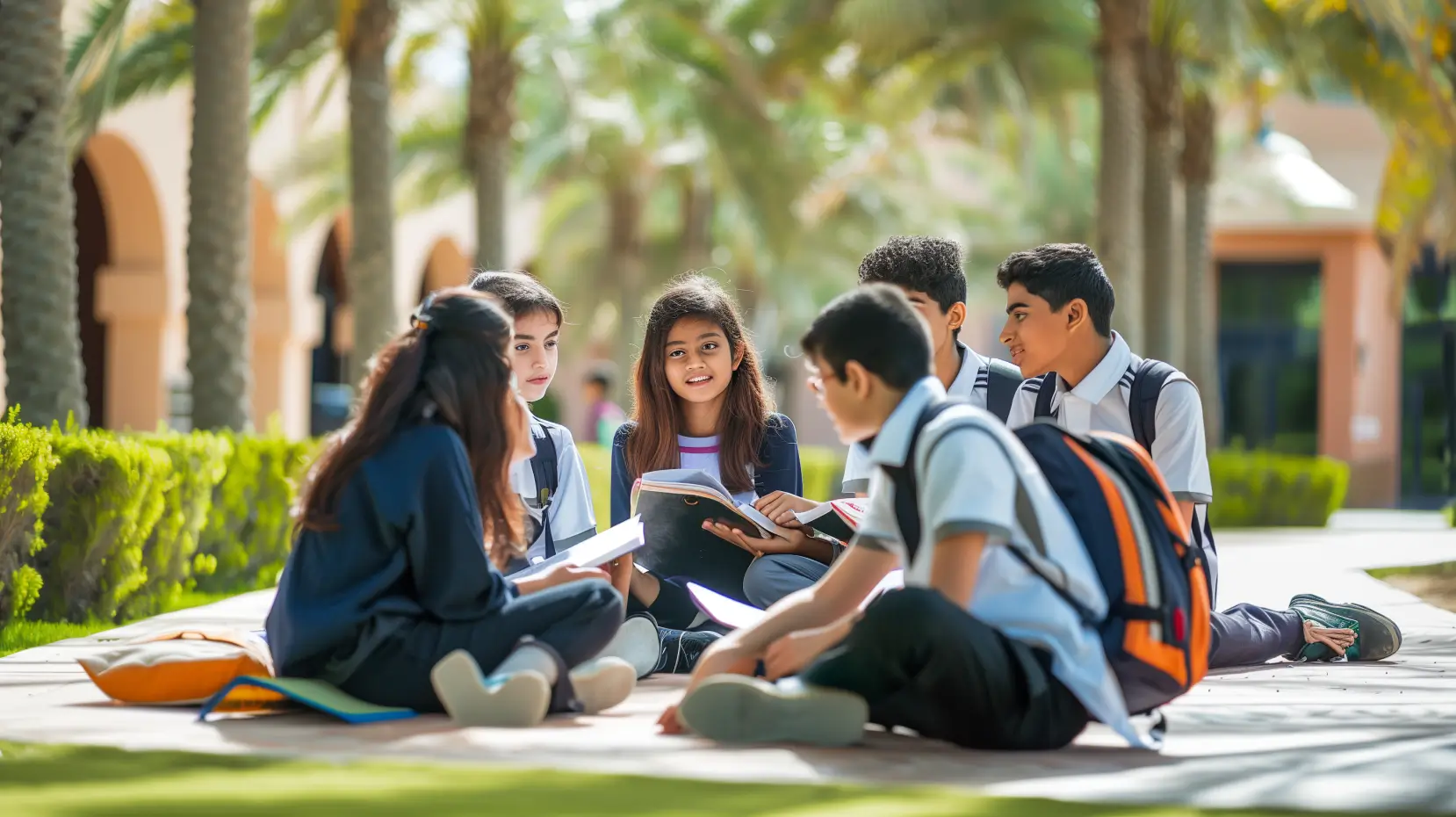
Putting the IB learner profile into practice requires changes in both teaching methods and thinking. Here are seven practical ways to start:
Educational researcher John Hattie states, 'The role of the teacher is to create the conditions for invention rather than provide ready-made knowledge.' This matches the learner profile's aim to create active, self-directed learners ready for the modern world.
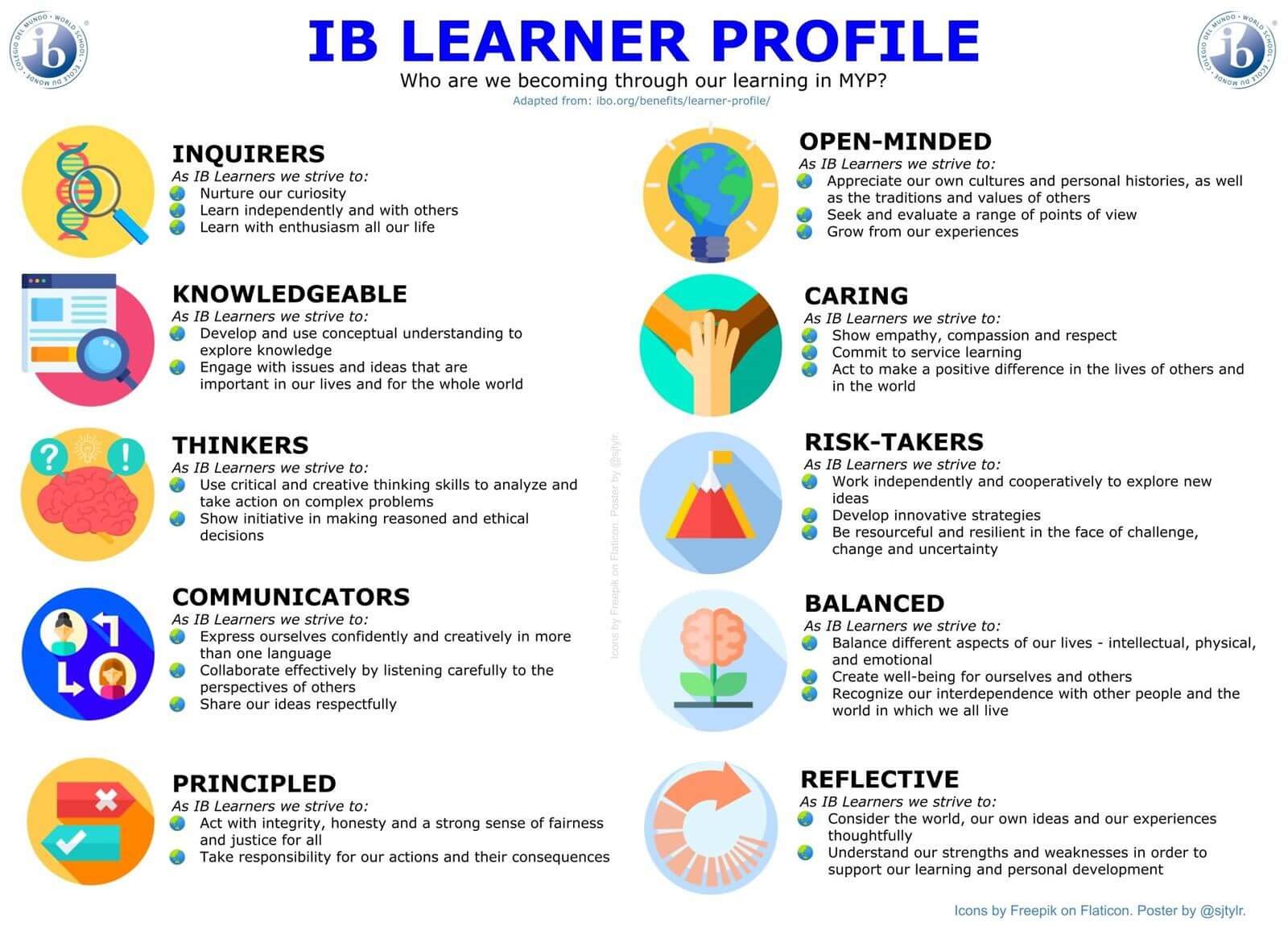
The following research studies examine the impact of the Learner Profile on student progress, teacher perspectives, and educational outcomes. They provide evidence of its effectiveness in shaping learner development and teaching strategies.
1. The Impact of Implementing the International Baccalaureate Primary Years Programme on Students' Self-efficacy Beliefs
El Souefi, N. (2021).
This study found that the IB Learner Profile builds student confidence and supports independent learning. Using data from an IB Primary Years Programme school, it shows how students develop self-regulation skills and responsibility.
2. Teachers' Perspectives Implementing Inquiry-Based Learning in the International Baccalaureate Primary Years Program
Bahn, C. M., Cale, C., Metros, A., Panesar-Aguilar, S., & McCraney, M. (2022).
This study explores teacher experiences in IB classrooms. It reveals that inquiry-based learning increases student engagement and aligns with the IB Learner Profile attributes. Teachers reported that whilst the learner-centered approach supports deep learning, they face challenges in maintaining flexible curricula.
3. Development and Validation of the International Baccalaureate Learner Profile Questionnaire (IBLPQ)
Walker, A., Lee, M., & Bryant, D. A. (2016).
This study created a validated questionnaire to measure IB Learner Profile effectiveness. Findings confirm that IB schools successfully promote attributes like critical thinking and global awareness. This provides evidence of the Learner Profile's positive impact on student development.
4. Teachers' Perceptions, Attitudes, and Concerns About the Implementation of the International Baccalaureate Program
Mukazhanova, N. (2017).
Research conducted in Kazakhstan found that teachers value the Learner Profile for its focus on higher-order thinking skills. However, educators face challenges in implementing and assessing the IB attributes whilst balancing national education standards.
5. Transnationalism and the International Baccalaureate Learner Profile
Rizvi, F., Savage, G. C., Quay, J., Acquaro, D., Sallis, R., & Sobhani, N. (2020).
This study compared IB schools in India, Hong Kong, and Australia. It found that the Learner Profile is understood differently based on cultural contexts. Whilst schools share commitment to global citizenship, local implementation affects educational outcomes.
The IB Learner Profile shapes students into confident, well-rounded global citizens. This framework goes beyond academic success. It helps students build personal, social, and thinking skills for our connected world.
The framework includes ten key attributes that guide students through their learning journey. These qualities work together to create independent thinkers who understand different cultures. Students learn to make good decisions and take responsibility for their actions.
All IB programmes use this framework. From the Primary Years Programme through to the Diploma Programme, students develop the same core values. This creates a consistent approach to learning across different age groups.
Key features of the IB Learner Profile include:
The profile creates a structured yet flexible framework. Students achieve academic success whilst developing into responsible global citizens.
The IB Learner Profile consists of ten attributes. These qualities help students become thoughtful and engaged learners. One key attribute is being knowledgeable.
Knowledgeable students explore ideas and issues that matter both locally and globally. They seek to understand the world through research and questioning. These students make connections between different subjects and apply their learning in meaningful ways.
Students build knowledge by:
Teachers and parents help by creating environments where questioning is encouraged. This builds a lifelong love of learning and broader world awareness.

Inquirers: These students develop their natural curiosity. They learn research skills and show independence in learning. Their love for learning grows throughout their lives.
Inquirers don't see themselves as experts. They enjoy being learners. When children ask questions, adults often give quick answers. A better approach is saying 'Good question! How could we find out?' Then explore together.
Children's curiosity and creativity improve when they use different resources. Small experiments and activities help them investigate topics. This might be making a simple circuit or discovering why you can't make a circle with straight sticks.
The main goal is helping children become independent learners. They develop skills to continue learning throughout their lives.

Communicators: They express and understand information and ideas confidently in different ways. They speak more than one language when possible. They work well with others.
Strong communicators share their ideas through drama, dance, and music. Communication means expressing yourself clearly. Many communicators can speak in more than one language.
Good listening skills are important for effective communication. Active listening helps students show empathy and gain new ideas. Teachers and parents can help students become better communicators by:

Thinkers: They think critically and creatively when facing problems. They can identify complex issues and take responsible action.
Parents and teachers build creative thinking by encouraging children to solve problems independently. To develop critical thinking, adults can ask open-ended questions. Discussing real-life problems with children also helps.
Ask children questions whilst they work on problems. This helps them think through their approach and learn from the process.
Open-minded: They appreciate and respect other people's cultures and traditions. They listen to different views and perspectives. They welcome new ideas and learn from their experiences.
Open-minded students understand that everyone is different. They listen to many possibilities before making decisions. They celebrate what makes people unique. Parents and teachers can help by:

Principled: They take responsibility for their actions and learning. They show honesty and integrity. They have a strong sense of fairness and justice for everyone in their community.
Principles are different from facts or procedures. Unlike facts that can be true or false, principles help us understand how things work. Principles give us insight into the world around us and why things happen.
This makes principles some of the most important content to include in teaching. Teachers can help students learn to apply principles in new situations they haven't seen before.
Principled students understand right from wrong. They make choices based on strong values and treat others fairly.

Reflective: They think carefully about their experiences and learning. They know their strengths and weaknesses well. They use this knowledge to improve their skills.
Reflective students have three key characteristics. They think, reflect, and grow.
These students understand what they're good at and what they need to improve. They make positive changes where they can. They see their strengths and weaknesses as opportunities to grow.
Parents and teachers can help students become reflective learners by:

Balanced: They understand how important balance is for their wellbeing and others'. This includes emotional, physical, and intellectual balance.
Balanced students know that physical, intellectual, and emotional balance creates wellbeing. They learn how to understand where they are and help others improve their outcomes.
These students achieve healthy school-life balance. They exercise and eat a variety of foods. They understand the importance of balancing mental and physical health. They spend time doing many different activities.
Caring: These students show respect, compassion, and empathy towards others. They want to serve others and make positive changes in the world.
Students show caring behaviour throughout the school year in different subjects. Care connects to many topics like housing, environment, health, and community issues.
Teachers and parents can help children become more caring by:

Risk-takers: They show courage when facing uncertainty and new situations. They explore new ideas and strategies independently. They speak up for their beliefs.
Young children are natural risk-takers. They're curious and love to discover how the world works. As they grow older, they may avoid risks because they fear failure. The more children avoid taking risks, the harder it becomes to accept challenges later.
Teachers and parents need to give children opportunities to be risk-takers. The goal should be making children feel confident when trying something new. Even if they fail, they learn valuable lessons.
In real life, most students find that when they take thoughtful risks, they often succeed.
Creating accurate assessments of children's wider development is always challenging. We created a learning skills framework that helps schools understand student development beyond academics.
The framework helps classroom teachers recognise when children improve their learning skills. Each skill works as both an outcome and a way to create lifelong learners.
These badges communicate with parents when children make progress in any area. Simple statements help school communities discuss children's outcomes with confidence.
Classroom tasks offer many opportunities to assess these skills. We use the term 'learning to become...' and follow this simple formula:
We are learning about: [e.g. Healthy eating]
We are learning with: [e.g. Mind maps and internet research]
We are learning to become: [e.g. Critical thinkers and excellent communicators]
Many schools worldwide have embedded the IB Learner Profile into everyday practice. Schools successfully using the profile include:

Putting the IB learner profile into practice requires changes in both teaching methods and thinking. Here are seven practical ways to start:
Educational researcher John Hattie states, 'The role of the teacher is to create the conditions for invention rather than provide ready-made knowledge.' This matches the learner profile's aim to create active, self-directed learners ready for the modern world.

The following research studies examine the impact of the Learner Profile on student progress, teacher perspectives, and educational outcomes. They provide evidence of its effectiveness in shaping learner development and teaching strategies.
1. The Impact of Implementing the International Baccalaureate Primary Years Programme on Students' Self-efficacy Beliefs
El Souefi, N. (2021).
This study found that the IB Learner Profile builds student confidence and supports independent learning. Using data from an IB Primary Years Programme school, it shows how students develop self-regulation skills and responsibility.
2. Teachers' Perspectives Implementing Inquiry-Based Learning in the International Baccalaureate Primary Years Program
Bahn, C. M., Cale, C., Metros, A., Panesar-Aguilar, S., & McCraney, M. (2022).
This study explores teacher experiences in IB classrooms. It reveals that inquiry-based learning increases student engagement and aligns with the IB Learner Profile attributes. Teachers reported that whilst the learner-centered approach supports deep learning, they face challenges in maintaining flexible curricula.
3. Development and Validation of the International Baccalaureate Learner Profile Questionnaire (IBLPQ)
Walker, A., Lee, M., & Bryant, D. A. (2016).
This study created a validated questionnaire to measure IB Learner Profile effectiveness. Findings confirm that IB schools successfully promote attributes like critical thinking and global awareness. This provides evidence of the Learner Profile's positive impact on student development.
4. Teachers' Perceptions, Attitudes, and Concerns About the Implementation of the International Baccalaureate Program
Mukazhanova, N. (2017).
Research conducted in Kazakhstan found that teachers value the Learner Profile for its focus on higher-order thinking skills. However, educators face challenges in implementing and assessing the IB attributes whilst balancing national education standards.
5. Transnationalism and the International Baccalaureate Learner Profile
Rizvi, F., Savage, G. C., Quay, J., Acquaro, D., Sallis, R., & Sobhani, N. (2020).
This study compared IB schools in India, Hong Kong, and Australia. It found that the Learner Profile is understood differently based on cultural contexts. Whilst schools share commitment to global citizenship, local implementation affects educational outcomes.